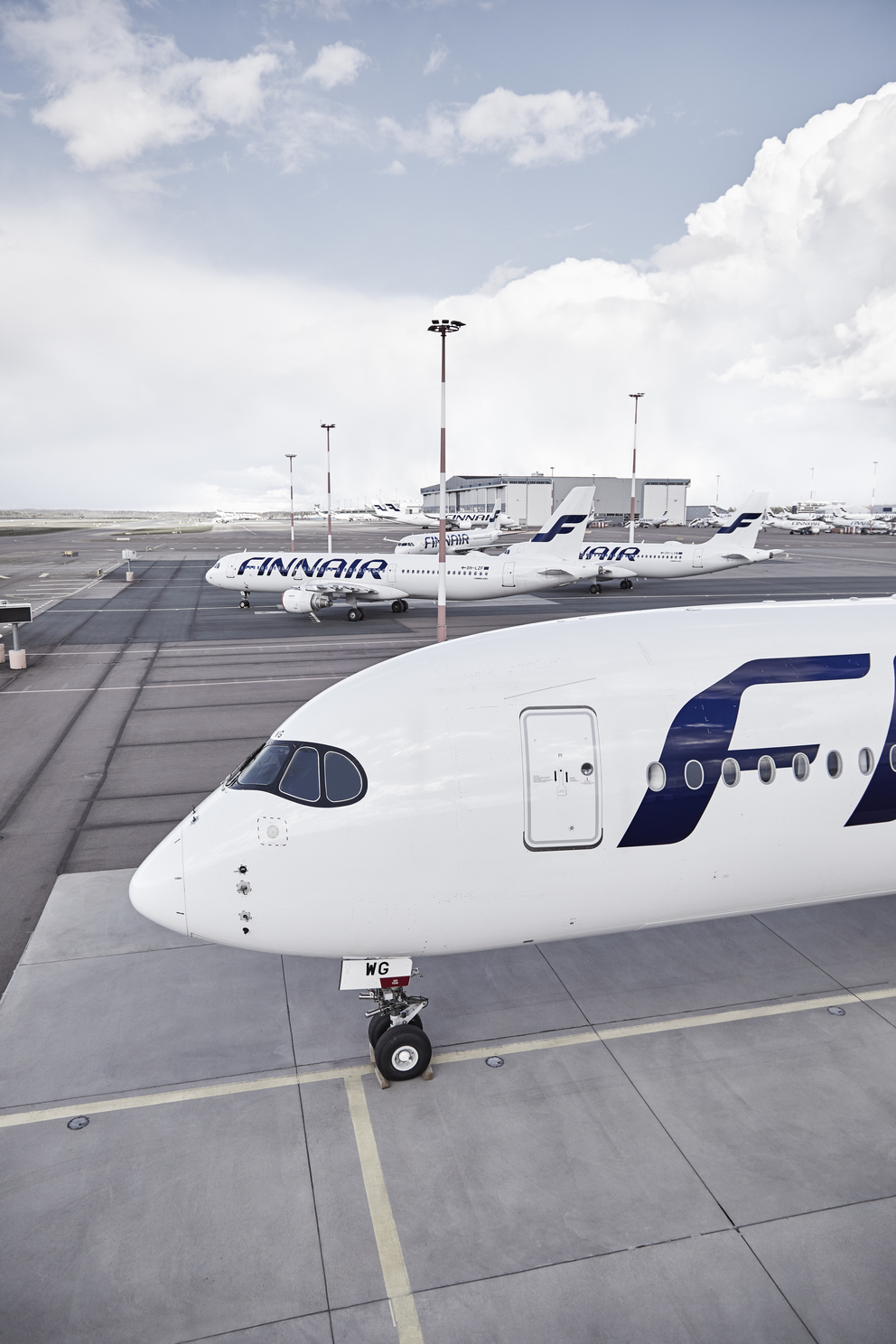
World Aviation Festival 2023 Lisbon Recap
Slow digitalisation & cloud skills shortage a major headwind for airlines
First off, this WAF was different. It felt like the fabled events of old - the ones before COVID, if you remember that distant past. It was well represented with airlines, suppliers, manufacturers and SI’s. The spirits were high and the mood was one of excitement - eyeing a future full of growth across every geography, market, segment and sector of the industry.
In short, aviation is back. And it's back in a big way. Away we go!
Global Recovery Dynamics
Globally across markets there are differences in the strength of the recovery. Some regional markets are close to matching or even exceeding 2019 levels by the end of 2023, with full recovery of all markets predicted by the end of 2025. However there are some constraints and drag that will slow the full unwinding of the COVID effect.
Passenger capacity has still not fully recovered due to a couple of factors;
1. Staffing shortages in airport operations
Airport operations and ramp agents are suffering from a staffing shortage. This is an immediately addressable factor, through operational efficiencies, some process and some digital, but all leveraged through AI ML. Our ground operations monitoring solution is a good start (see an example below).

Failure to address this issue has upstream and downstream implications, from pure cost to carbon emissions. This is discussed in more detail in my recent article “How Exactly Can Data & Ai Reduce Flight Delays?”.

How Exactly Can Data & AI Reduce Flight Delays?
Airlines lose revenue and see reputational damage through delays. But more can be done to manage data throughout the journey, and improve operations.
2. Flight crew supply constraints
Flight Crew supply is a limiting factor in the recovery and in the medium term could be a serious drag on demand fulfillment. Boeing predicts that by 2042 1.5M additional crew members will be needed due to the doubling of the commercial passenger fleet globally to almost 50,000 aircraft.
Legacy systems are the biggest headwind
The most serious headwind slowing airlines recovery and fitness to meet the future growth, lies in their IT estates. As has been discussed in a previous article, legacy systems are not fit for current demand, never mind future growth.
Legacy systems were not designed to have or built with the flexibility and plasticity to meet new demands and pressures. Public cloud is designed for this. There’s really no comparison in the power, scalability, reliability or innovation potential.

How Airlines Must Modernise to Deal with the Unexpected
How do you make the necessary migrations to cloud and modernisations in cloud, whilst balancing the constant pressures of the industry?
The skills conundrum
To make things even more challenging, the skills required to maintain a crumbling IT estate are quite different from those required to operate a cloud based environment. Meaning that airlines that do not embrace digitisation are finding it hard to attract new and retain key talent. It's a race to the bottom for the laggards.
This current limitation of IT estates was heavily discussed at the event from both the raw technological perspective and staffing skills. I had many detailed sessions with airline execs, displaying an interesting mix of requests from top-down cloud consulting, bottom-up rewiring of failed cloud migrations, strategic application modernisations to green-field projects.
It’s clear that overall airlines are in every conceivable stage in their cloud journeys, the good news is that they are aware of the importance of moving forward.
Navigating the intricacies of modernisation, staffing, and technological evolution is pivotal for the aviation industry. Embracing digitisation isn't just a choice, but a necessity for sustainable growth. The future of aviation hinges on an adaptable and forward-thinking approach.
For insights and support on your cloud journey, reach out to us using the form below, we’d love to help.
Get in Touch.
Let’s discuss how we can help with your cloud journey. Our experts are standing by to talk about your migration, modernisation, development and skills challenges.




